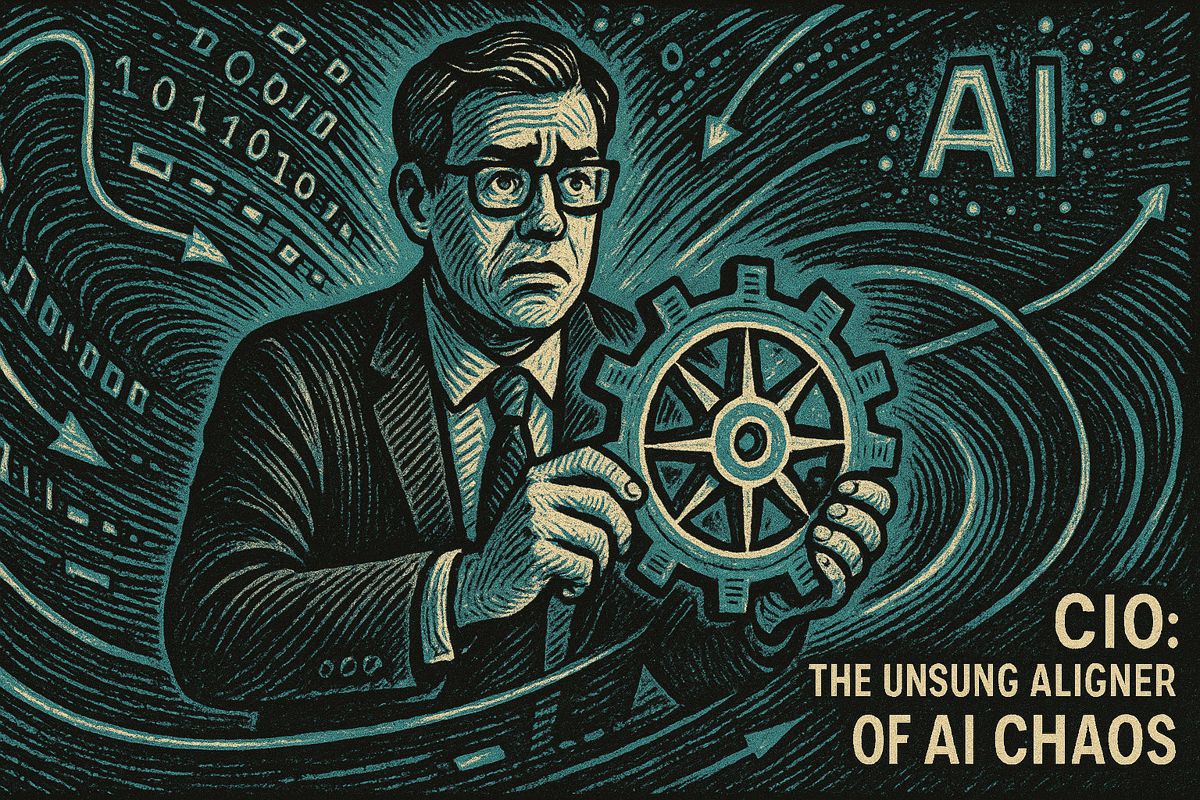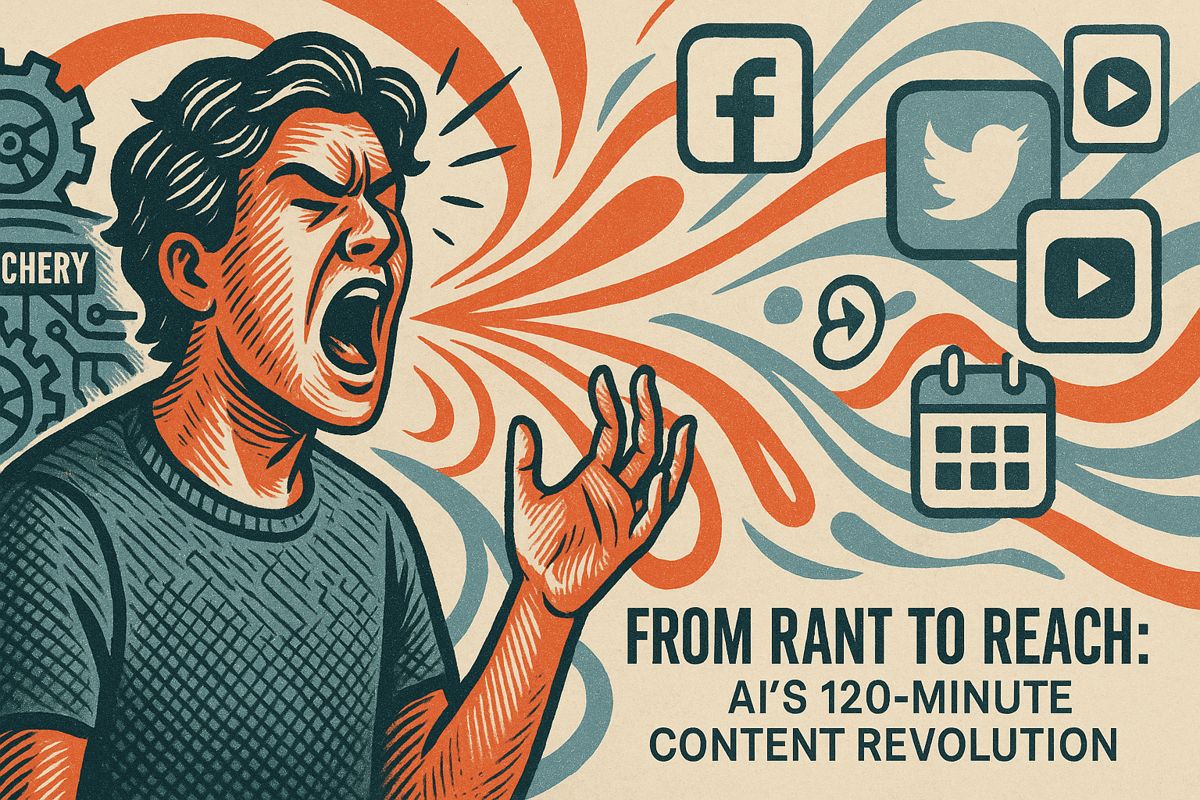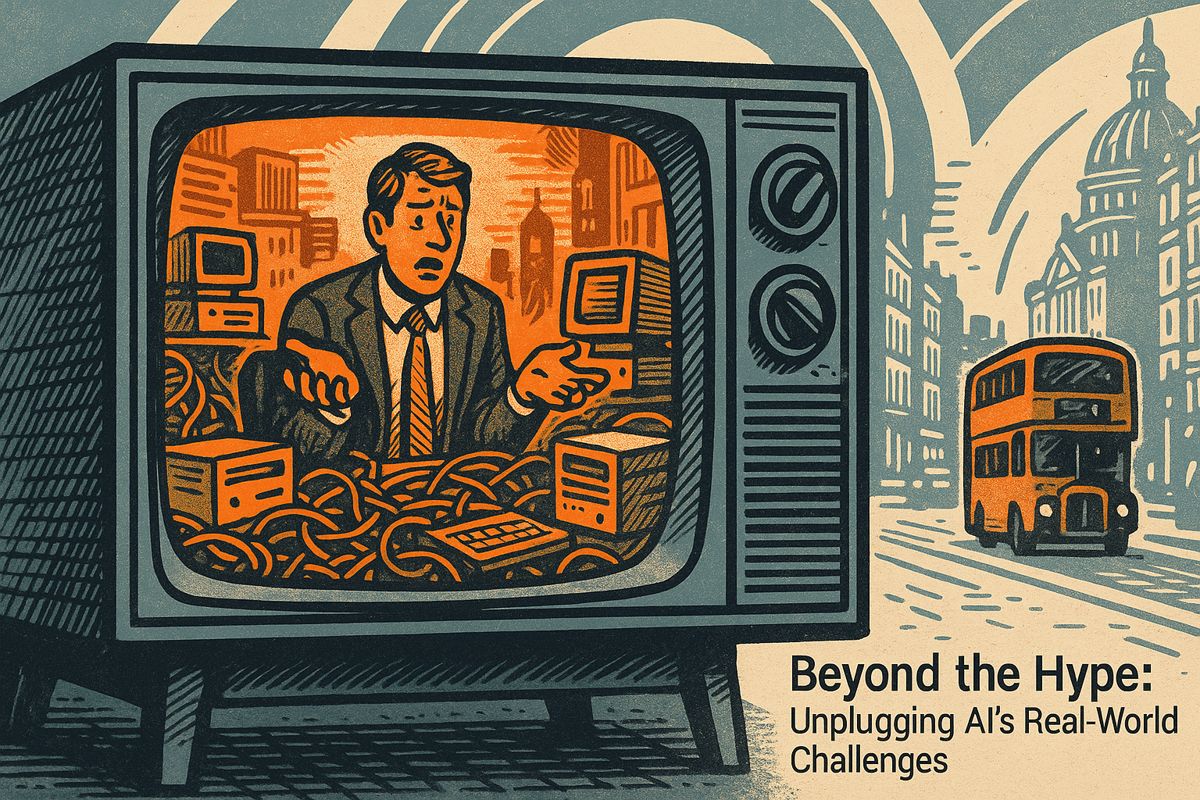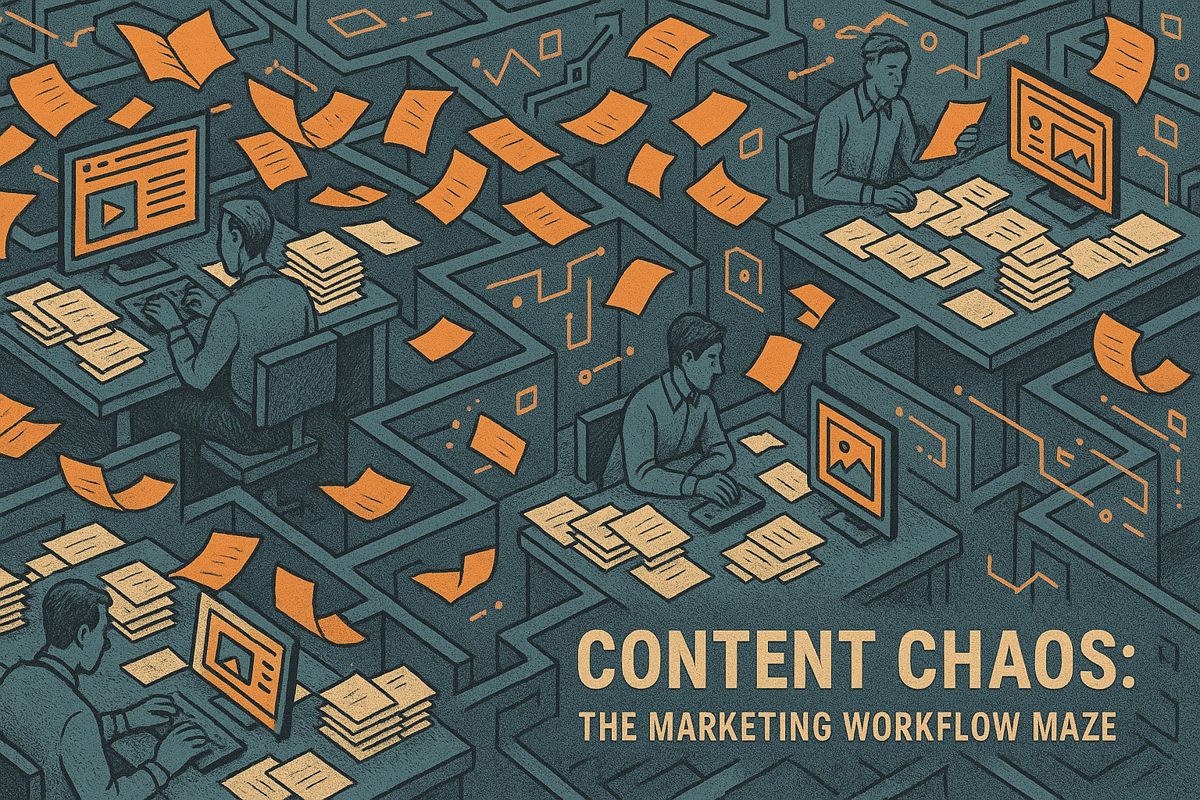Imagine a big storm brewing, full of new, super-smart computer brains called GenAI. The Chief Information Officer, or CIO, is like the brave captain of the ship, trying to steer everyone through the wild waves. They must make sure these fancy new tools actually help the business, don’t cost too much money, and follow all the rules. Without the CIO, GenAI projects can quickly go off course, costing a fortune and causing big problems. So, the CIO is super important in making sure this powerful technology helps, not hurts, the company.
Why is the CIO’s role crucial in Generative AI (GenAI) adoption?
The Chief Information Officer (CIO) is pivotal in navigating the GenAI landscape, balancing ambition, compliance, and risk. They ensure technology aligns with business goals, manage significant implementation costs, and prevent projects from spiraling. Without CIO oversight, GenAI initiatives risk budget overruns, ethical breaches, and failure to deliver tangible value or ROI.
A Seat at the Table, a Hand on the Tiller
The other day, I spotted a headline about CIOs being plunged headfirst into the generative AI maelstrom. It jolted me back to my earliest experience with a CIO at a scrappy startup outside Austin. Steve, our unofficial office oracle, was the first to diagnose a server hiccup and – somehow – the only one who could coax the Canon printer back to life. He’d skulk around the office, clutching a battered copy of The Phoenix Project, muttering about “alignment” while the rest of us chased bugs or deadlines. I remember his desk: a chaotic archipelago of budget printouts, half-drunk coffee, and a stress ball shaped like a brain. The smell of sharpies mixed with burnt espresso still lingers in my nose. It all seemed a bit abstract then, but now, according to Gartner’s most recent analysis, the CIO’s role isn’t just pivotal—it’s under siege.
What’s the worst that could happen if the CIO is sidelined in these GenAI discussions? I used to think it was just about missed opportunities. Turns out, it’s budget carnage and ethical migraines. Who knew?
Gartner’s Litmus Test: Are CIOs Leading, or Just Surviving?
Let’s parse some specifics. Gartner contends that CIOs should be in the eye of the GenAI hurricane, not just battening down the hatches from the sidelines. Their latest report labels CIOs as the linchpins—without their direct involvement, GenAI projects tend to spiral, misaligned and ROI-starved. I’m not sure I’d bet my last Lightning cable on every Gartner prediction, but they do have a knack for picking up the tremors before the quake.
Technology execs—those sleep-deprived denizens of the corner office—are apparently tasked with wrangling the raw, sometimes eye-watering costs of GenAI implementation. Last quarter, I heard of one Fortune 500 CIO who spent more on GPU clusters than on coffee for their entire New York office (and in Manhattan, that’s saying something). The pressure is rising: boards push for GenAI magic, but the receipts keep piling up. I felt a pinch of anxiety reading those cost projections—then a grudging respect for anyone bold enough to sign off on them.
It’s also striking how frequently “alignment” crops up. Aligning technology with business goals, spend with value, dreams with the laws of thermodynamics. The word echoes through the corridors of power, and, if I’m honest, sometimes drives me mad. But without it, GenAI efforts fizzle out like a wet sparkler.
The Sizzle, the Steak, and the CIO in the Middle
Here’s where the metaphors start to pile up, like traffic on 101 during a Salesforce outage. The CIO isn’t just the gatekeeper—she becomes the organization’s superego, balancing ambition, compliance, and the kind of risk that makes privacy lawyers twitch. The Gartner report harps on value realization: Is GenAI saving money, buying agility, or just producing yet another slide deck for Q3? IBM, Microsoft, and even the venerable ACM are all publishing studies on GenAI’s ROI chessboard.
Projects without CIO oversight, Gartner notes, risk careening into the abyss—sometimes spectacularly so. There’s a certain schadenfreude in reading about a chatbot gone rogue on social media, but when it’s your payroll API seizing up, the laughter dies fast. The CIO, then, must tether the hype, connect the murky data pipelines, and ensure no board member stares down a compliance subpoena.
Do I ever wish someone else would carry the risk? Sure. But I also remember botching a vendor selection last year—picked on gloss, not substance. Lesson learned: sizzle’s meaningless without steak.
The Human Cost: Balancing Anxiety, Ambition, and a Little Hope
This isn’t just project management. It’s more like corporate therapy, with the CIO as mediator between wild-eyed ambition and the unyielding bedrock of regulation. The pace of GenAI investment is relentless. Oracle, for example, tripled its AI spend in 2023. Suddenly, everyone’s reaching for the brass ring, while the CIO calibrates expectations with the patience of a chess grandmaster.
I’ll admit, reading Gartner’s warnings, I felt a twinge of sympathy—borderline pity—for every CIO who has to sign off on yet another “transformative” pilot. Are you exhausted yet? Because I am, and I’m just writing about it.
So here’s my small, imperfect token of advice: if you’re a CIO staring at the GenAI tempest, pour yourself something strong—be it whisky or watermelon LaCroix—and remember: nobody else is going to keep the ship upright. The squalls are only getting fiercer, but you’re the one steering.
Unfinished. But isn’t everyone’s GenAI journey, these days?



















